

Damion Smy
GWM Cannon Alpha ute, Tank 300 HEV and Tank 500 recalled
20 Minutes Ago
Mitsubishi says there's an opportunity for even more powerful and capable versions of its next-generation Triton.

Contributor
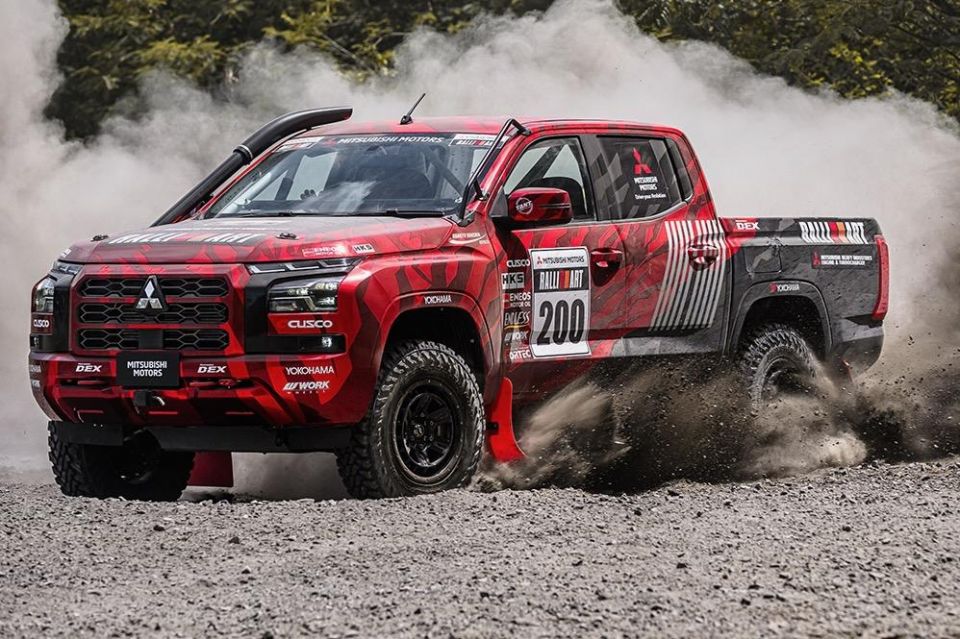

Contributor
Mitsubishi has left the door open for a beefed-up flagship atop its next-generation Triton range, and it could wear a familiar name.
Mitsubishi Australia CEO Shaun Westcott told media he believes a model above the flagship Triton GSR, potentially wearing Ralliart badging, could fit in well for Australia but the company hasn’t decided who would build the vehicle.
“The current range of [Triton] vehicles that we have – GLX, GLX+, GLS, GSR – I do believe there is some opportunity at the top end of that to do something like Walkinshaw have done,” said Mr Westcott.
“But whether we do that ourselves or whether we do that in a partnership, those are things that are under discussion with our parent company, because we do think there is space in the market for a product [of that type].”
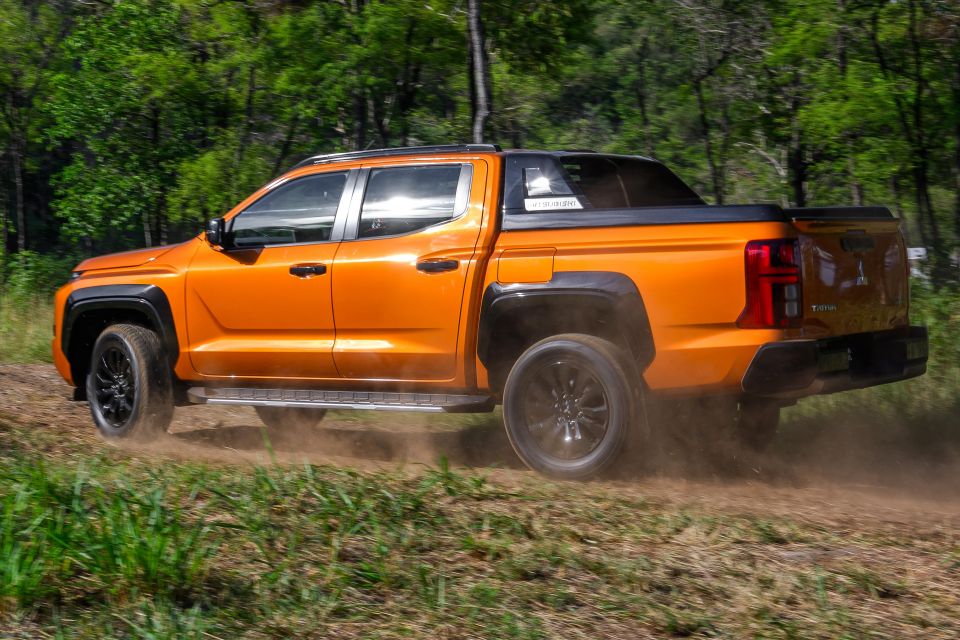
Walkinshaw of its own accord developed a tougher current-generation Triton called the Xtreme, but it’s unclear if Mitsubishi will enlist the Australian firm to co-develop a new flagship.
Should a new flagship Triton be announced for Australia, Mr Westcott wants it to have more performance and not just be a sticker pack.
“I did reject the sticker packs when they became available,” said Mr Westcott, referring to Ralliart appearance packages offered on the outgoing Triton in Thailand.
“I’m a believer that Ralliart should be true to the true blood. It needs to keep it pure. It’s a performance vehicle.
“I don’t want to break down the value of the nameplate or the brand by sticking a sticker pack on a car called Ralliart. So I’m still a proponent and… am pushing hard for a performance version”.
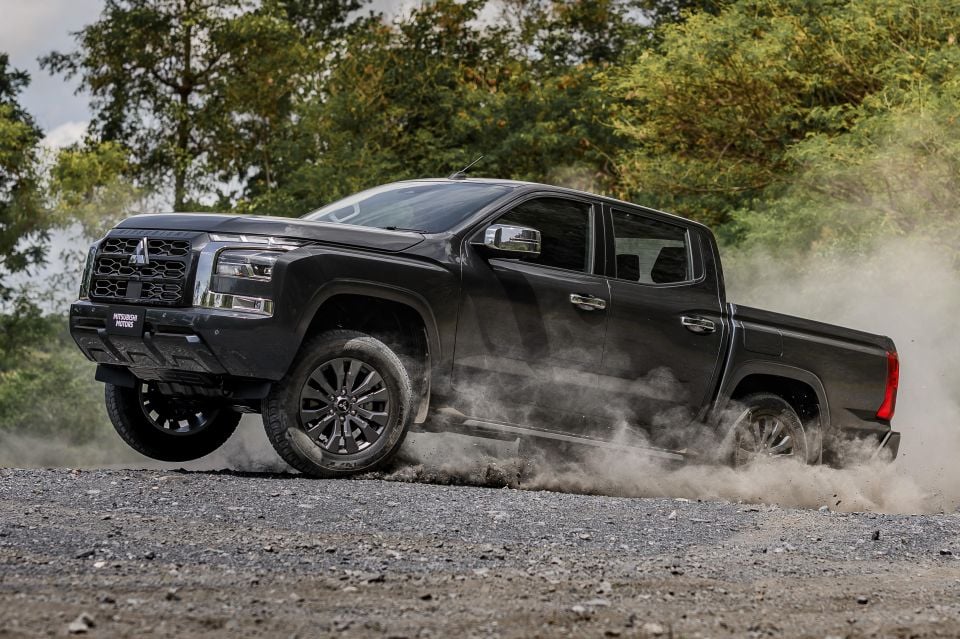
There could be more than one Ralliart-badged variant in the new Triton range, at least in other markets. But based on Mr Westcott’s comments, the local arm is only interested in those that bring greater capability.
“The pick-up… we have a base model – we have different versions based on the base model… And then [a] sports version, rally version, could be a Ralliart maybe,” said Mitsubishi chief product specialist Yoshiki Masuda.
“Maybe in the future… some people want to have little cosmetic… [changes] to get an affordable price but some people [want] a super powerful and sporty model.
“Maybe we want to set several grades depending on customer preference, which is different to a sporty model, as Ralliart is to express the iconic model.”
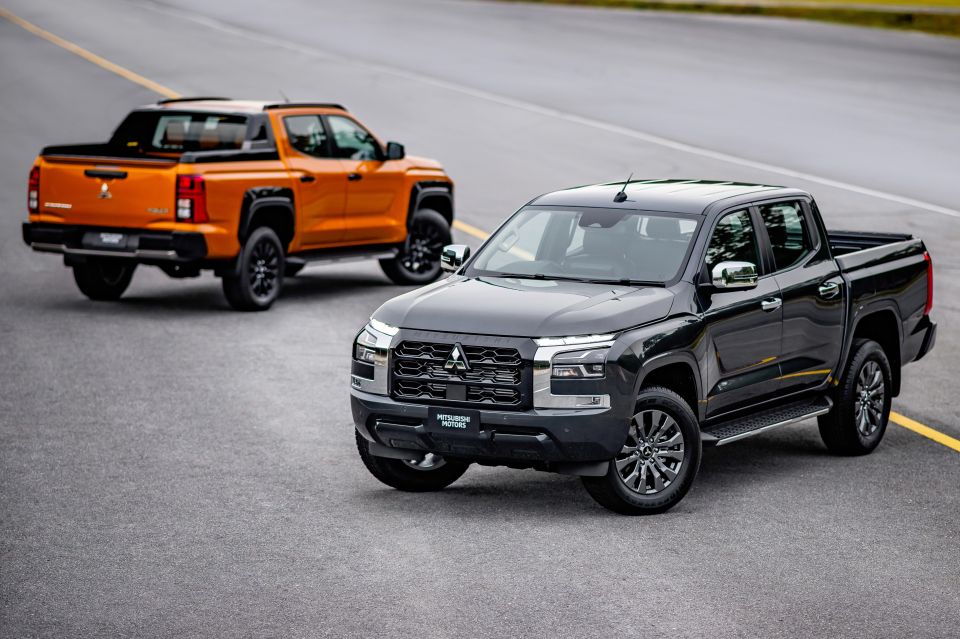
Walkinshaw is gearing up to release its fettled Triton Xtreme, which will compete with an ever-growing number of 4×4 ute offerings within Australia and serve as a swansong for the outgoing Triton.
“Walkinshaw developed the product on their own, and they saw value in developing that product. We think it’s a good idea, we’re not in partnership with them… but we do think it’s a very good idea,” said Mr Westcott.
While the project was directed by Walkinshaw and not Mitsubishi, it will be sold through a selection of Mitsubishi’s dealerships.
The new flagship model will be priced at $71,990 before on-road costs, which puts it in line with the Toyota HiLux Rogue, Mazda BT-50 Thunder and Premcar-developed Nissan Navara Pro-4X Warrior.
The Xtreme variant is around $15,000 more expensive than the Triton GSR. Walkinshaw will only produce 500 examples of the model.
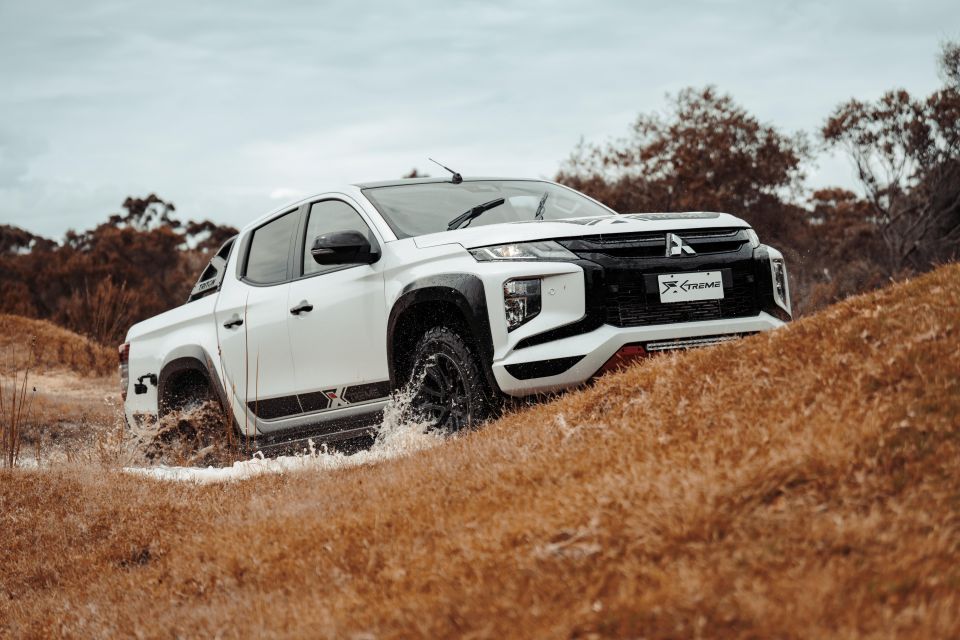
For the premium, Walkinshaw has included:
It’s up to Mitsubishi now if and what the next-generation flagship Triton will look like, but it’s not expected the brand will make an announcement anytime soon.
The next-generation Triton is due in Australia in February 2024.
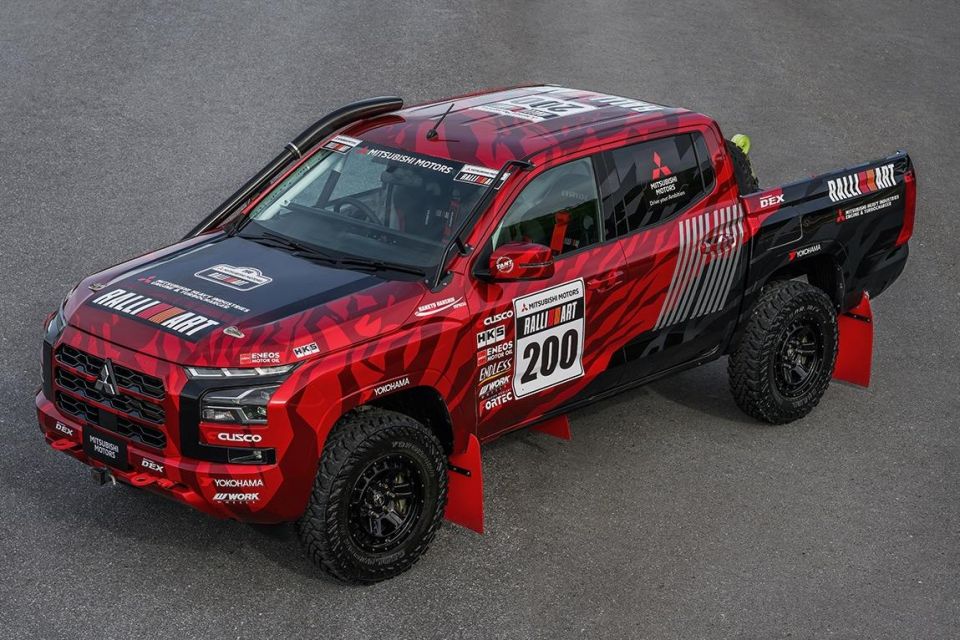
Mitsubishi has already revealed a more rugged version of its next-gen Triton with the T1 Cross Country prototype, designed for the Asia Cross Country Rally.
The vehicle has no changes to its engine or outputs but adds a carbon-fibre bonnet, front and rear door panels and cargo bed.
It uses front and rear ventilated disc brakes, 17-inch alloy wheels, and Mitsubishi’s Super Select 4WD-II system.
It features “rally-specific” front and rear suspension, though it still features an independent double-wishbone setup up front with coil springs, and leaf springs at the rear.
The 2.4-litre four-cylinder diesel engine produces 150kW of power and 470Nm of torque as in the regular Triton, and is mated to a six-speed manual gearbox.
Where expert car reviews meet expert car buying – CarExpert gives you trusted advice, personalised service and real savings on your next new car.
Jade Credentino is an automotive journalist currently based in Melbourne, Australia. Jade has had a chance to review a variety of vehicles and particularly enjoys SUVs. She enjoys traveling and going on road trips exploring Australia.


Damion Smy
20 Minutes Ago


William Stopford
2 Hours Ago


Matt Campbell
10 Hours Ago


Max Davies
1 Day Ago


William Stopford
1 Day Ago


Derek Fung
1 Day Ago